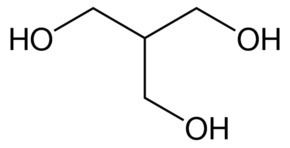3DMet B00444 Formula C3H8O2 Density 1.06 g/cm³ Appearance Colourless liquid | Abbreviations PDO Molar mass 76.09 g/mol Melting point -27 °C | |
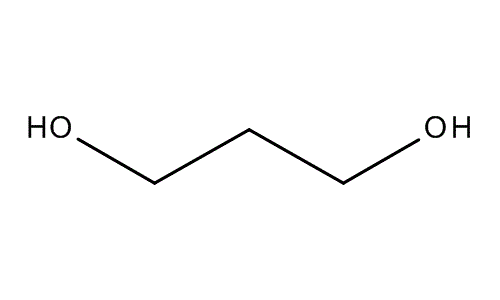 | ||
1,3-Propanediol is the organic compound with the formula CH2(CH2OH)2. This three-carbon diol is a colorless viscous liquid that is miscible with water.
Contents
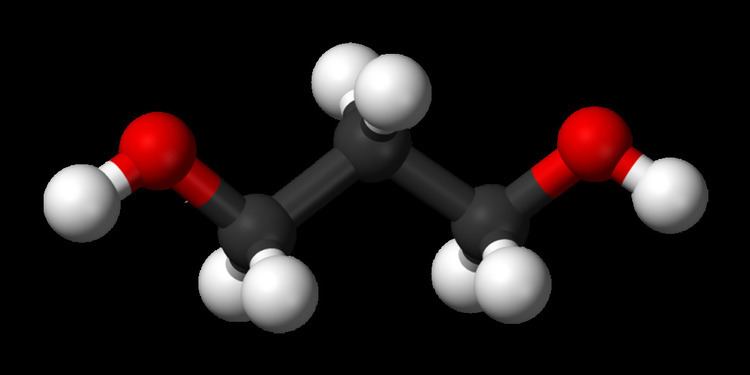
Products
It is mainly used as a building block in the production of polymers such as polytrimethylene terephthalate.

1,3-Propanediol can be formulated into a variety of industrial products including composites, adhesives, laminates, coatings, moldings, aliphatic polyesters, copolyesters. It is also a solvent and used as an antifreeze and in wood paint.
Production

1,3-Propanediol may be chemically synthesized by the hydration of acrolein, or by the hydroformylation of ethylene oxide to afford 3-hydroxypropionaldehyde. The aldehyde is hydrogenated to give 1,3-propanediol. Moreover, the bioconversion of glycerol to 1,3-propanediol is existent in certain bacteria.
Two other routes involve bioprocessing by certain micro-organisms:
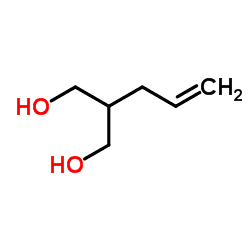
Safety
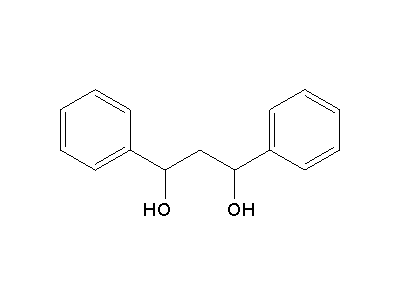
1,3-Propanediol does not appear to pose a significant hazard via inhalation of either the vapor or a vapor/aerosol mixture.
